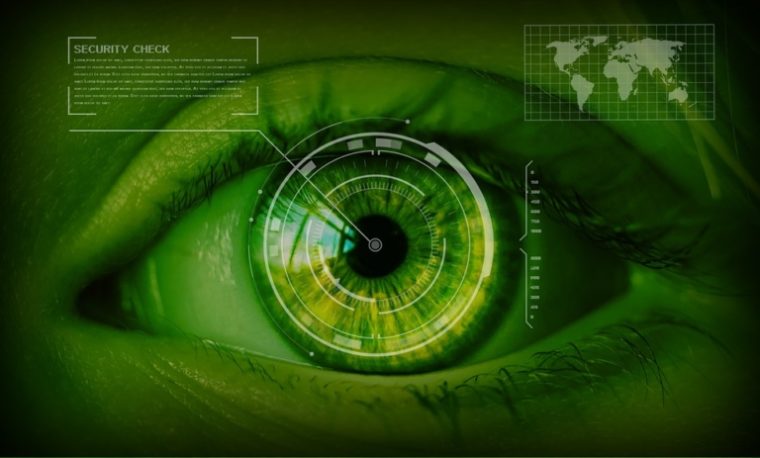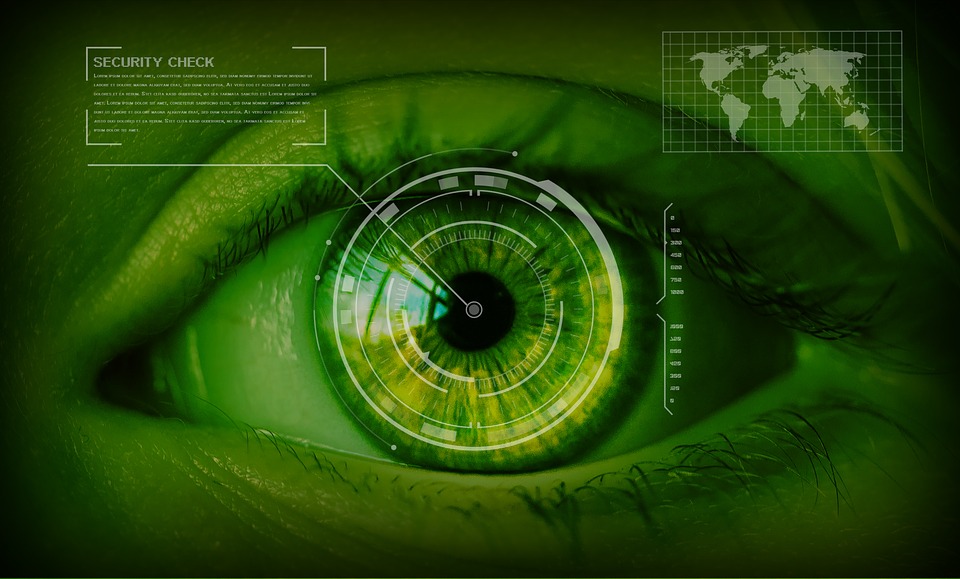
This will surprise many. A recent report estimates that spending on law enforcement technology in the United States will likely reach $7.6 billion this year and that number will climb exponentially in the next few years. Law enforcement technology includes such things as body armor, cameras, drones, vehicles, biometric software, upgrades to Next Generation emergency systems and more.
 Body cameras are one of the hottest items. They are being purchased in bulk throughout the country. The Department of Homeland Security reports that 95 percent of America’s police departments want body cams, and 20 percent of the departments have them already. Some estimate that, because of demand, the market for them by 2020 will represent more than $1 billion.
Body cameras are one of the hottest items. They are being purchased in bulk throughout the country. The Department of Homeland Security reports that 95 percent of America’s police departments want body cams, and 20 percent of the departments have them already. Some estimate that, because of demand, the market for them by 2020 will represent more than $1 billion.
Drone usage by law enforcement is also expanding rapidly. The Center for the Study of Drones lists 40 states where police, sheriffs and first responders have access to drones. Texas leads the U.S. with 28 emergency organizations that have drone technology. California ranks second with 23, followed by Alabama with 20 and Wisconsin with 18.
This is a large evolving marketplace. Here’s a bit more:
Body armor
- Texas law enforcement agencies will soon purchase lots of body armor. Lawmakers approved a $25 million statewide grant program to help law enforcement officials secure body armor. That funding will be available in September.
- The city of Buffalo, N.Y., has approved the purchase of 450 pieces of heavy-duty body armor that will be used for active-shooter incidents.
- In Chattanooga, Tenn., officials approved the purchase of 500 improved body armor inserts. These are devices that fit into protective vests for protection against rifle-grade ammunition.
- Fire departments are investing in body armor to provide protection for fire and rescue personnel. In Orlando, city, county and grant funds were made available recently for the purchase of 500 vests and more than 300 helmets.
Facial recognition technology
- In Washington County, Oregon, law enforcement officials use facial recognition software to search huge databases as a way to identify suspects and/or criminals. Many other public entities do the same.
NextGen 911
- The state of New Jersey recently issued a request for information (RFI) as it explores an upgrade to NextGen 911 technology. Philadelphia is also planning to complete the first stage of a NextGen 911 upgrade and New York City will choose a contractor to update its 911 system soon.
Body cams
- In April, Baton Rouge council members agreed to spend $2.25 million to outfit all police officers with body cameras. The Buffalo, N.Y., police department will also test body cameras while considering the purchase of approximately 550 additional cameras. New York has begun a pilot program to deploy 1,200 cameras and has a goal of equipping all of its 22,000 patrol officers with body cams by 2020.
Drones
- Last year, approximately 165 police, sheriff, fire and emergency agencies acquired drones. That’s double what was purchased in 2015 and it’s more than all drone purchases in the previous three years combined.
Rising public safety concerns will continue to escalate the growth of this marketplace. Demand will most likely outpace supply. That will guarantee an interesting market sector that should be watched.
